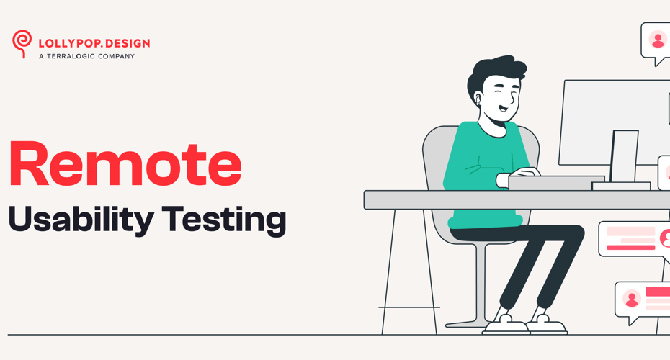Dev
1M
219

Image Credit: Dev
Remote Usability Testing: Benefits, Process & Tools
- Remote Usability Testing provides flexibility for designers and deeper insights into user experiences, crucial for understanding user engagement with digital or physical products.
- Two types of Remote Usability Testing: Moderated (facilitator-guided in real-time) and Unmoderated (participants complete tasks independently), each offering different advantages.
- Pros of Remote Usability Testing include broader audience reach, cost-effectiveness, real-world insights, and increased participant convenience.
- Cons of Remote Usability Testing include technical issues, limited contextual observations, and reduced participant engagement.
- Conducting Remote Usability Testing involves defining objectives, setting up tasks, recruiting participants, facilitating the test sessions, and documenting results.
- Tools like UserTesting, Lookback, Optimal Workshop, and PlaybookUX are essential for effective Remote Usability Testing, offering features like diverse participant pools, template galleries, session recording, and collaborative note-taking.
- Remote Usability Testing helps in identifying usability challenges and maintaining a user-centered experience, emphasizing the importance of consistent testing for product improvement.
- Lollypop, a UI/UX design studio, offers UX Audit services to evaluate and enhance digital products, emphasizing the value of Usability Testing standards for improving user experience.
- Take advantage of the WinAudit 2024 campaign for a FREE UX Audit to uncover key improvement areas and gain a competitive edge in 2025.
- Contact Lollypop for comprehensive product development services, from UX Research to Product Design and Development, to enhance your product's user experience.
Read Full Article
13 Likes
For uninterrupted reading, download the app